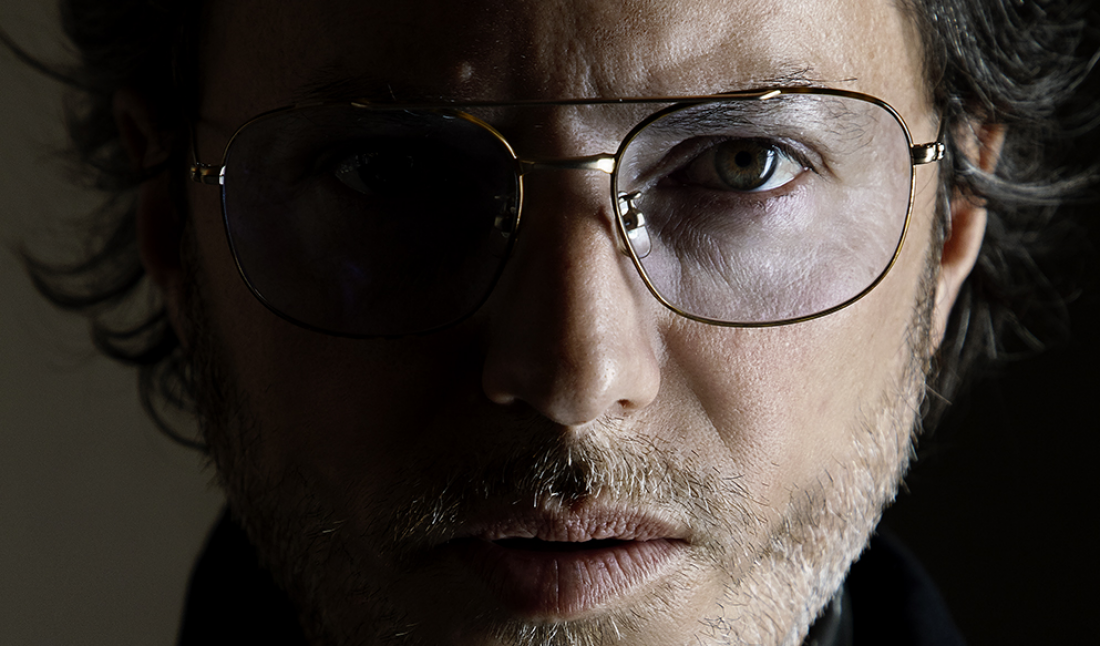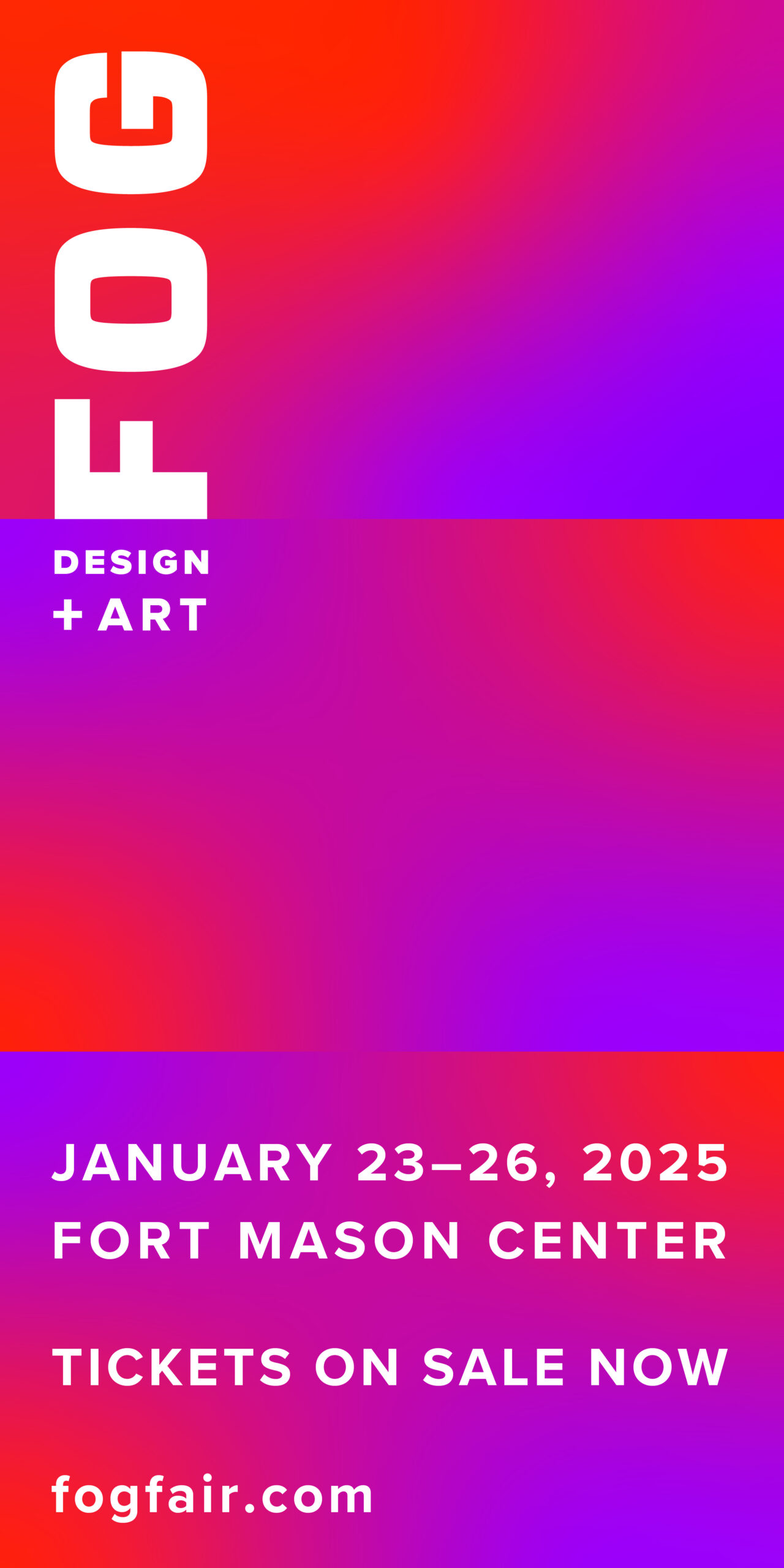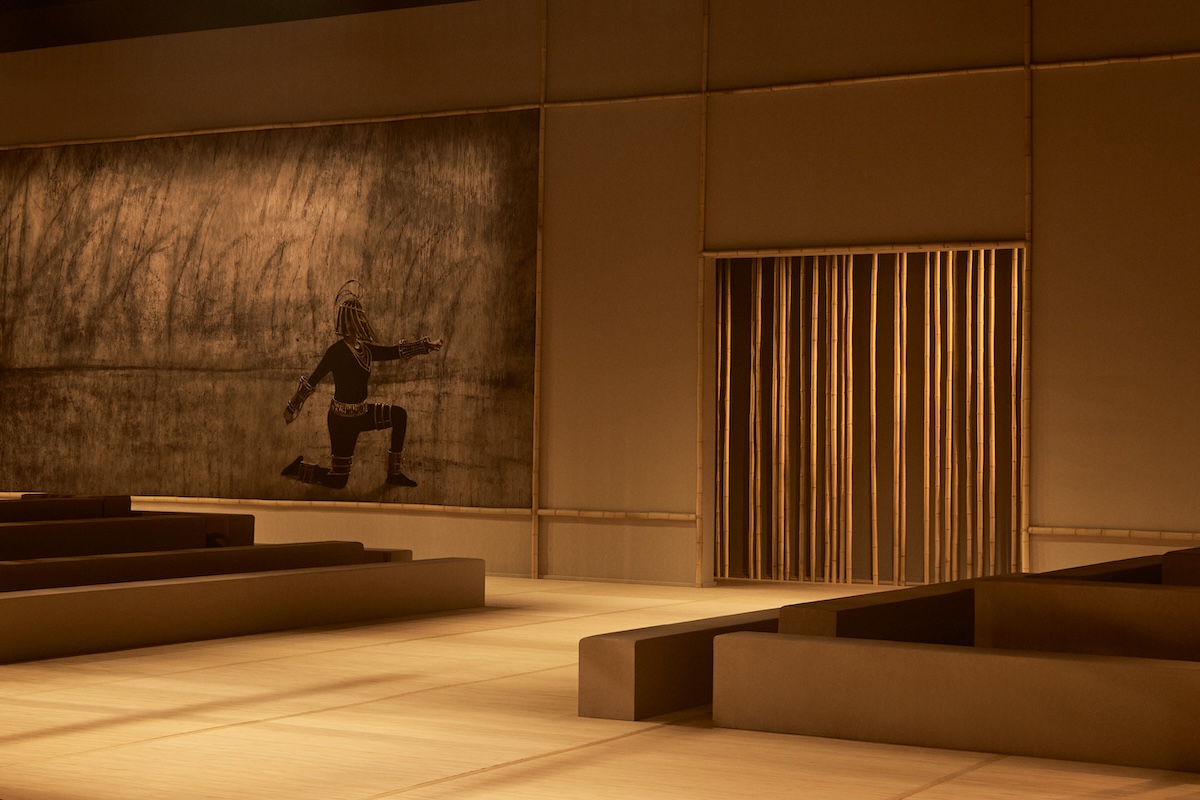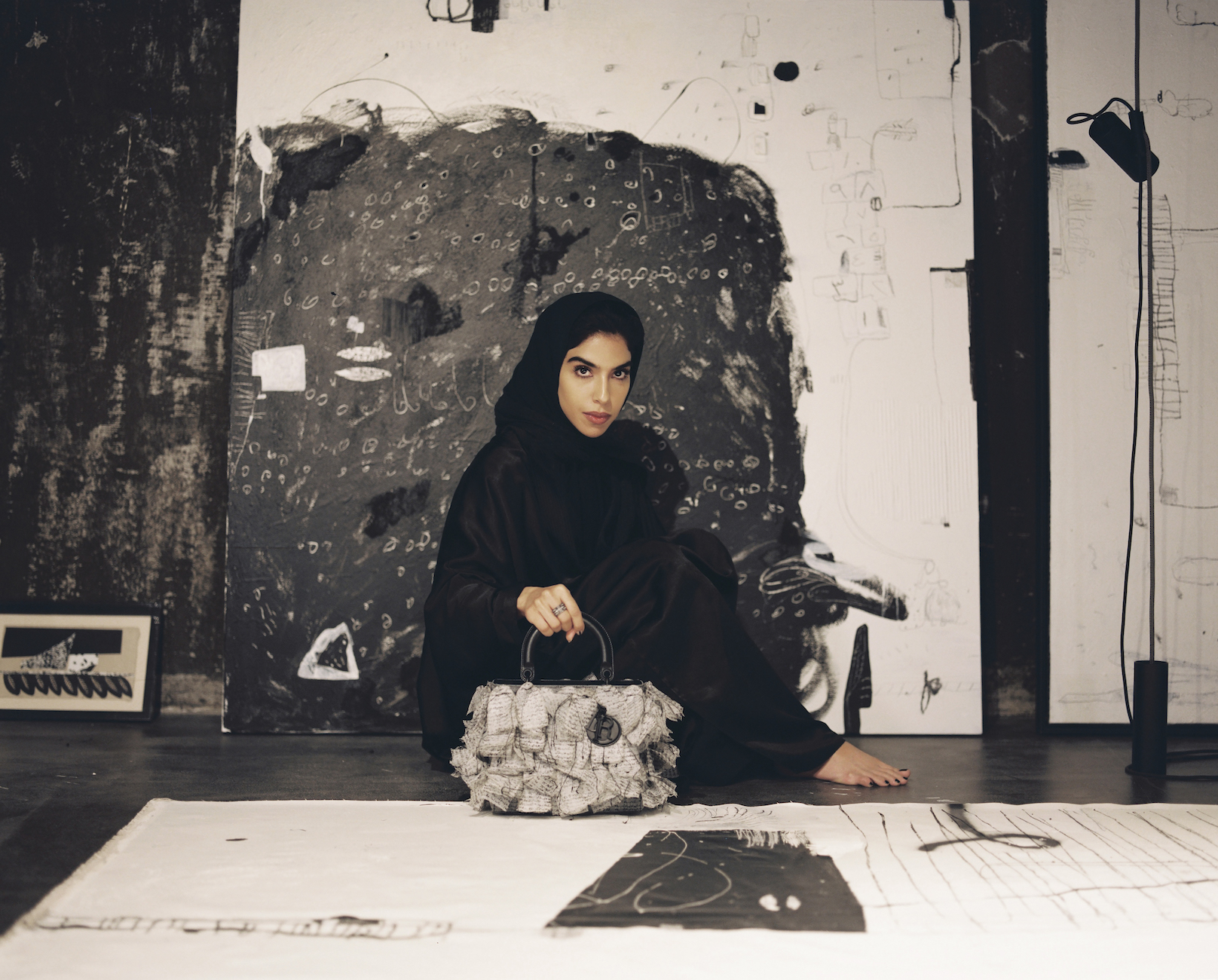Let’s face it. Fashion month—those biyearly four weeks of endless shows, presentations, and events in New York, London, Milan, and Paris—has become exhausting. Months of preparation (if not a year) goes into a runway show that is less than ten minutes long. The lights go up, and an audience full of editors and influencers is standing and running on to the next.
That is a system Alexandre de Betak, and his Bureau Betak production company, is working to revolutionize. When we recently visited his home in New York, he shared that he thinks FOMO may be a good thing. Not everyone needs to go to everything anymore, and a lot of that is thanks to Instagram.
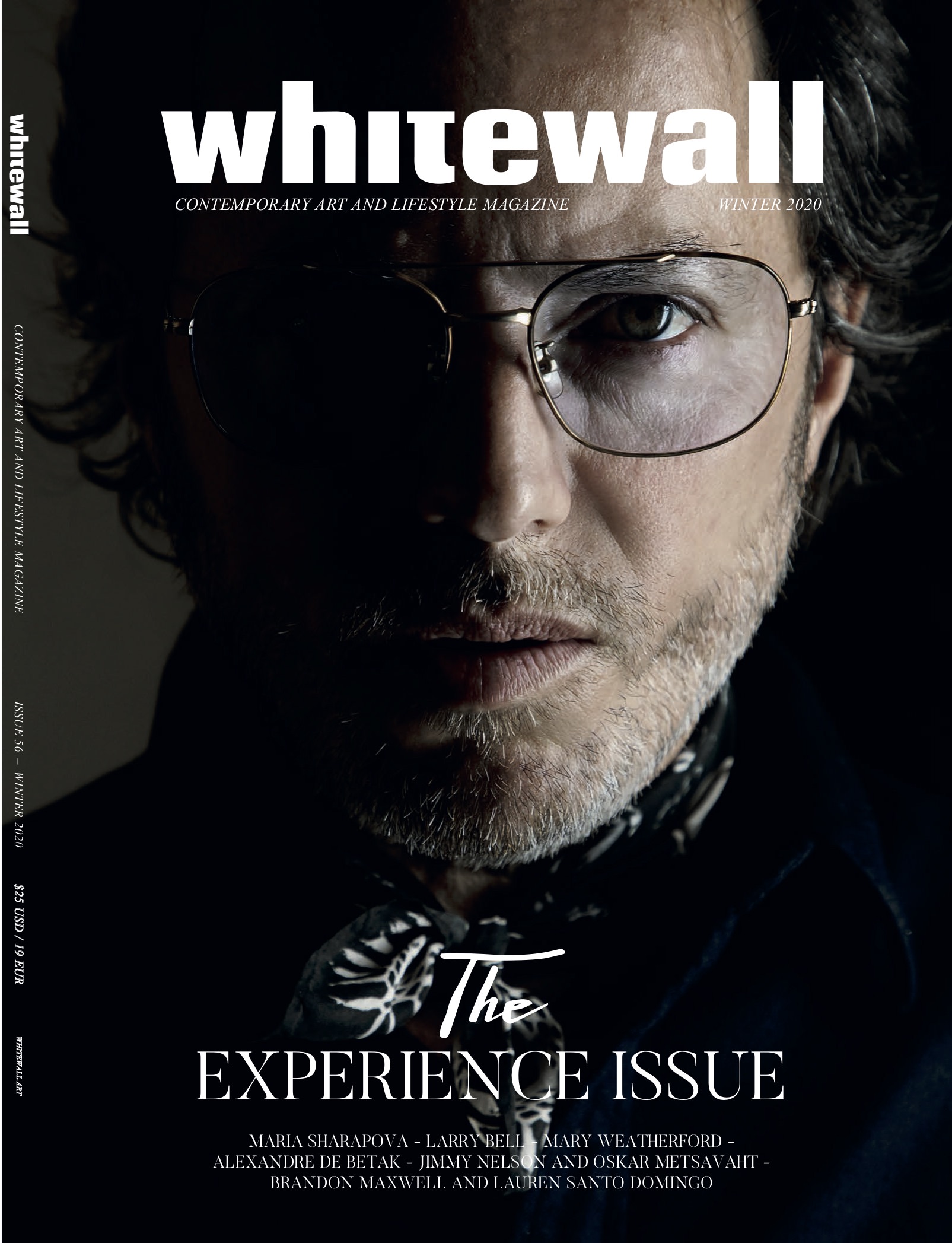 Whitewall’s Winter 2020 Experience Issue cover featuring Alexandre de Betak
Whitewall’s Winter 2020 Experience Issue cover featuring Alexandre de BetakPhoto by Steve Benisty
De Betak has long created ephemeral moments that are both memorable and synonymous with the brand he’s working for. You remember that Dior show (with the trees that would be later donated to community gardens), or that Saint Laurent show (in the rain, set against the Eiffel Tower amid a column of spotlights blasting toward the sky), or that Jacquemus show (amid a field of lavender in the South of France along a pink runway). And you remember whether you were there or saw it on Instagram, where it’s inevitably posted millions of times over because of de Betak’s singular vision. And with more people viewing from afar, that means a lower carbon footprint.
His creative approach extends beyond the worlds of luxury and fashion. Last October he designed the launch event of Apple TV+’s The Morning Show at Lincoln Center in New York. Bureau Betak has also been behind several Galerie Gmurzynska booth designs at fairs around the world.
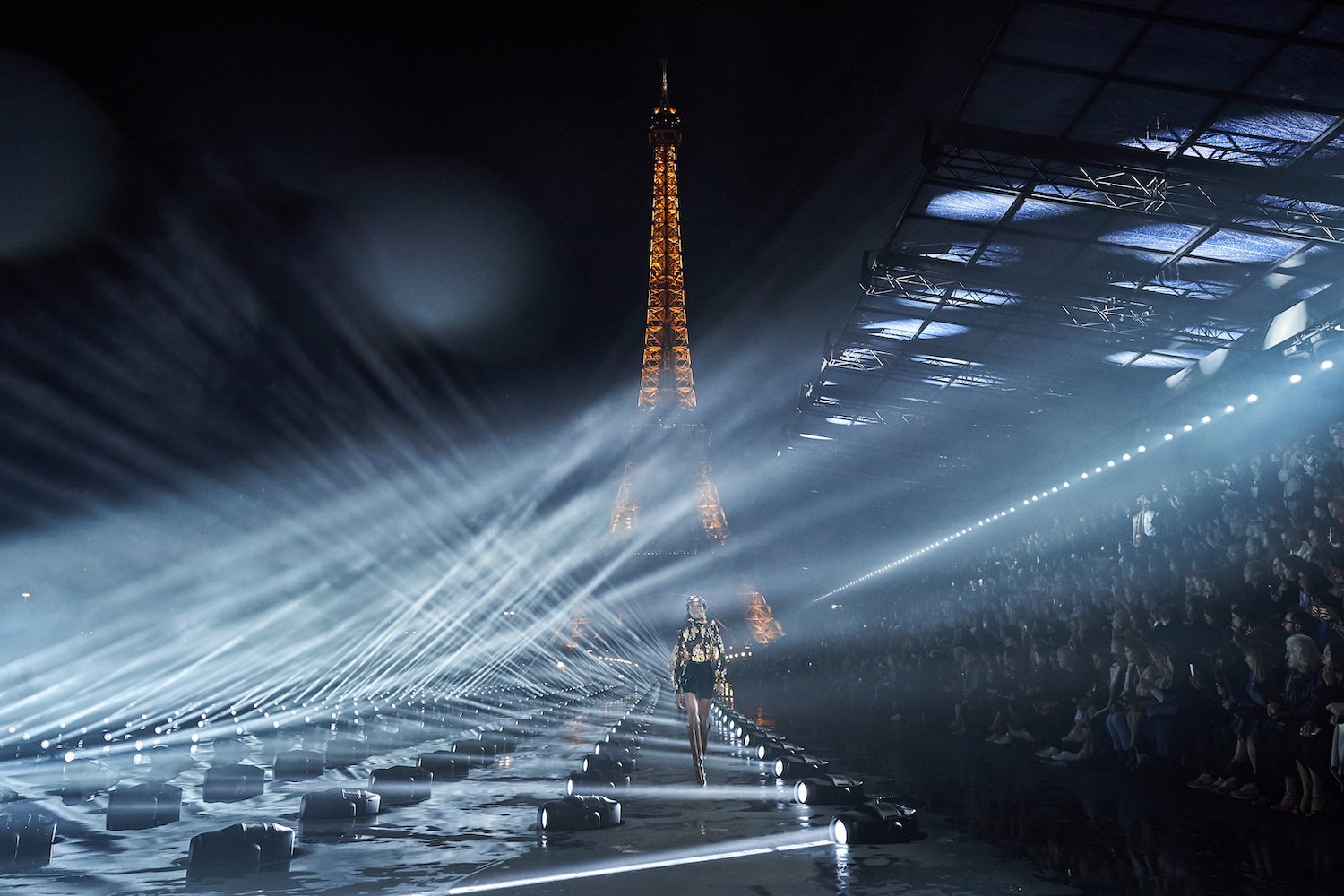 Saint Laurent Spring/Summer 2020 show
Saint Laurent Spring/Summer 2020 show Photo by Daniel Beres
Courtesy of Saint Laurent.
Whitewall spoke with de Betak about why he feels lucky to be at this tipping point in his creative worlds—whether that be in the fashion calendar, sustainability efforts, or the ubiquity of social media.
WHITEWALL: Your grandfather gave you a camera, and you’ve been photographing since the age of five. How do you think that shaped your idea of beauty?
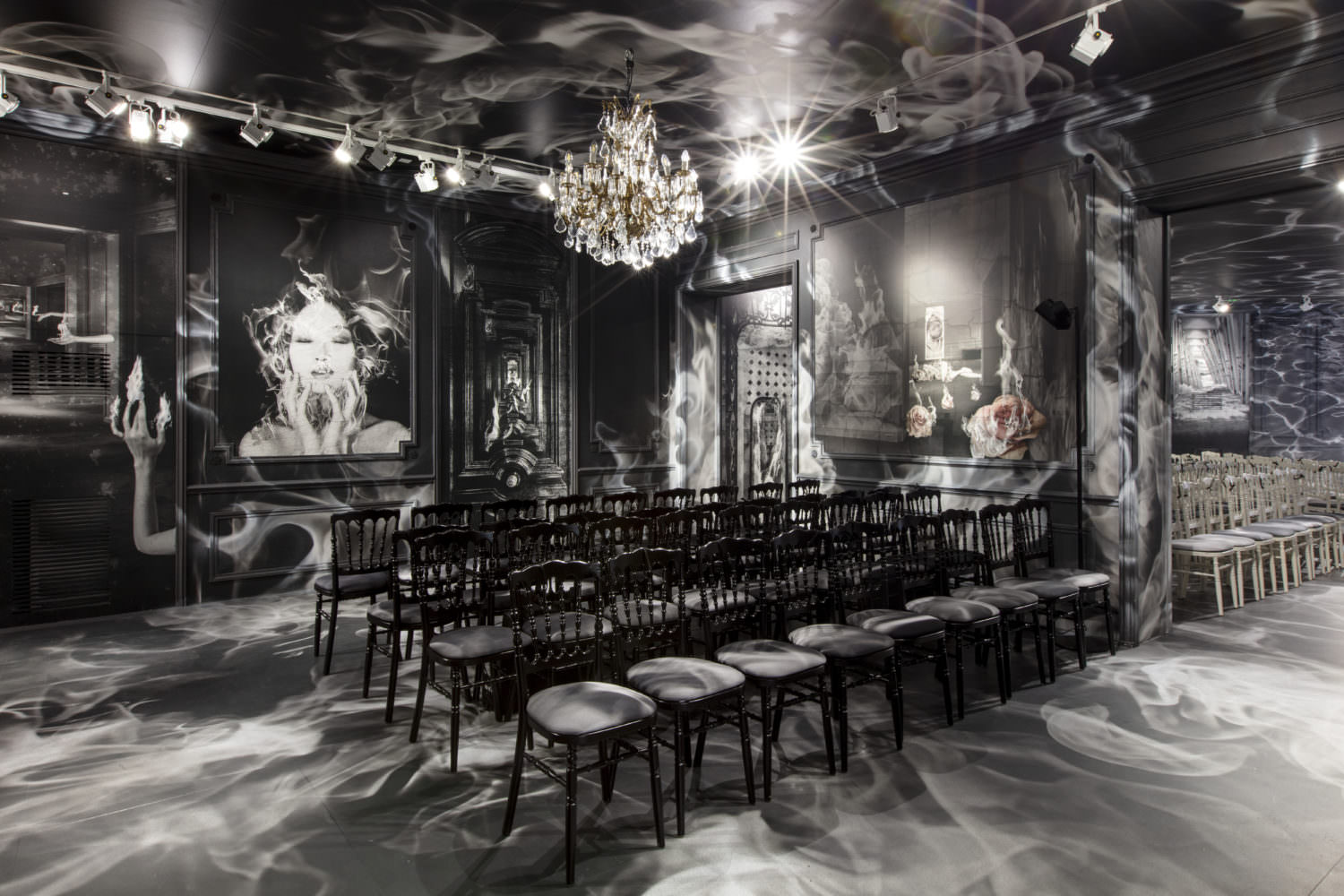 Christian Dior Haute Couture Fall/Winter 2019—2020
Christian Dior Haute Couture Fall/Winter 2019—2020 Photo by Raphael Dautigny
Courtesy of Dior.
ALEXANDRE DE BETAK: I think it definitely changed my life. It shaped more than the idea of beauty; it shaped my idea of creation and of vision. It made me realize you have the power to shape what you see in life. It gave me the power to create images.
WW: For Saint Laurent’s Spring/Summer 2020 show, you created a runway through a column of bright lights, against the backdrop of the Eiffel Tower. How do you present an idea like that to a brand and to a designer like Anthony Vaccarello?
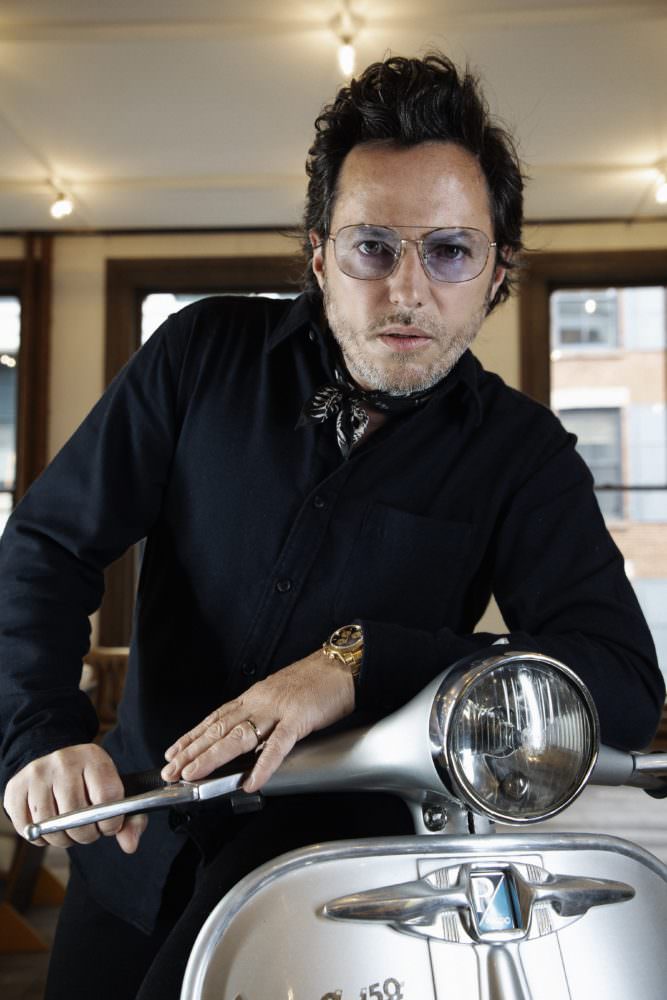 Photo by Steve Benisty.
Photo by Steve Benisty.
ADB: In general, first as still renderings, and we sometimes do animation with light. The Saint Laurent show was made with automated lights that could be used outside in the rain.
WW: It looked like a ballet.
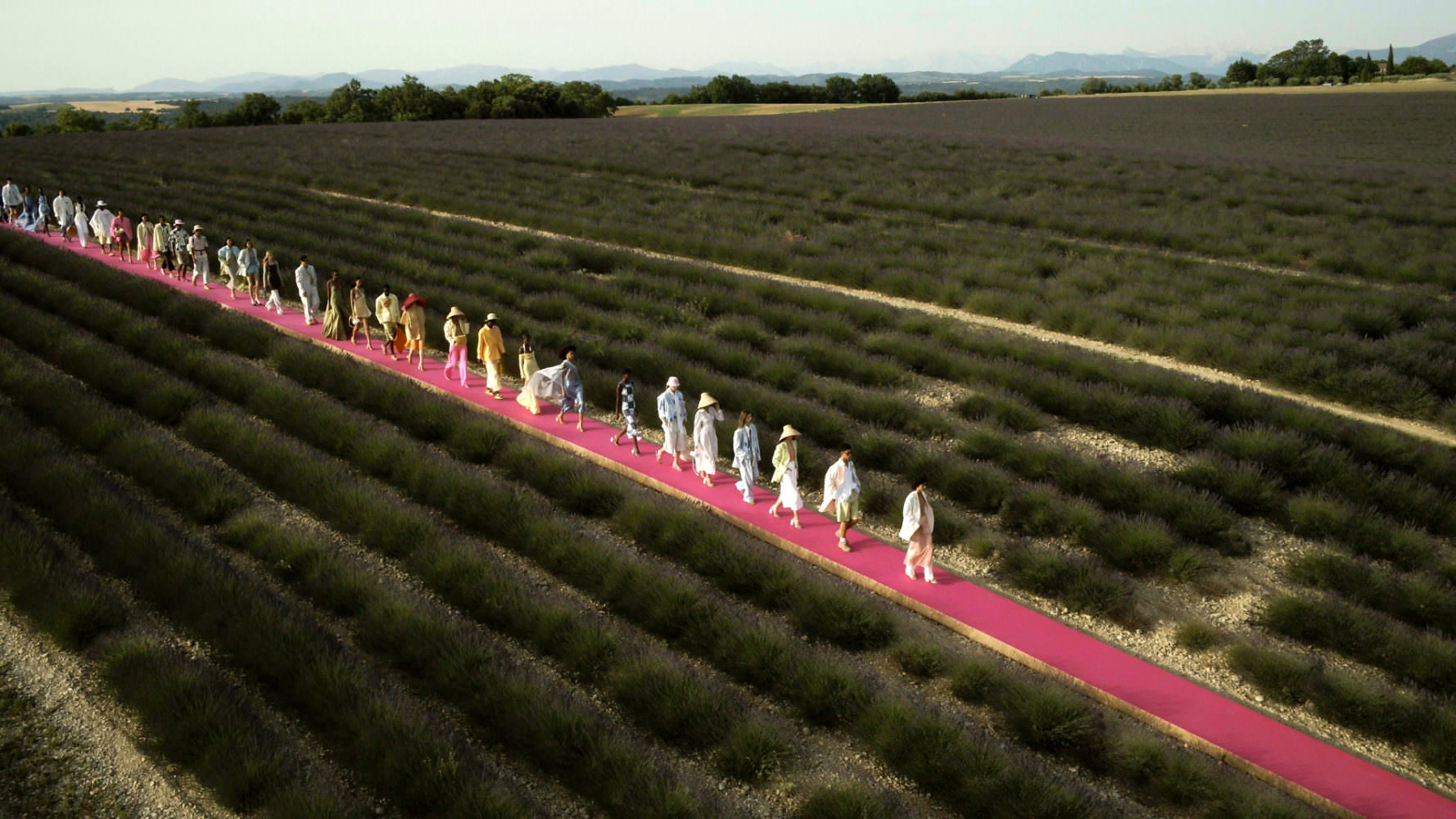 Jacquemus Spring/Summer 2020
Jacquemus Spring/Summer 2020 Photo by Bureau Future
Courtesy of Jacquemus.
ADB: That was the idea. They were very choreographed in a very graphic manner. Some people ask me to put a name on my style. What I do is to try and translate the house style, DNA, and the designer, but in the way we do things, which is a mix of minimal and maximal. In that case of Saint Laurent, it was a large quantity of extremely strong lights, but choreographed in a fairly minimal manner.
WW: What was the first fashion show you saw, and how did it make you feel?
 Dior Spring/Summer 2020
Dior Spring/Summer 2020 Courtesy of Dior.
ADB: Honestly, I don’t remember the first fashion show. The first show I saw that mattered to me was the Bicentennial of the French Revolution show by Jean-Paul Goude on July 14, 1989. Technically, it wasn’t a fashion show, but it was a live show, very like a fashion show, of talent walking straight in one line, but thousands of them, walking up the Champs-Élysées.
In the late eighties, I was lucky to see shows by Jean Paul Gaultier, Alaïa—those were quite iconic. Fashion shows were starting to be as important a creation as they are today. The big difference is that the creativity of those shows was entirely done by the fashion designers themselves.
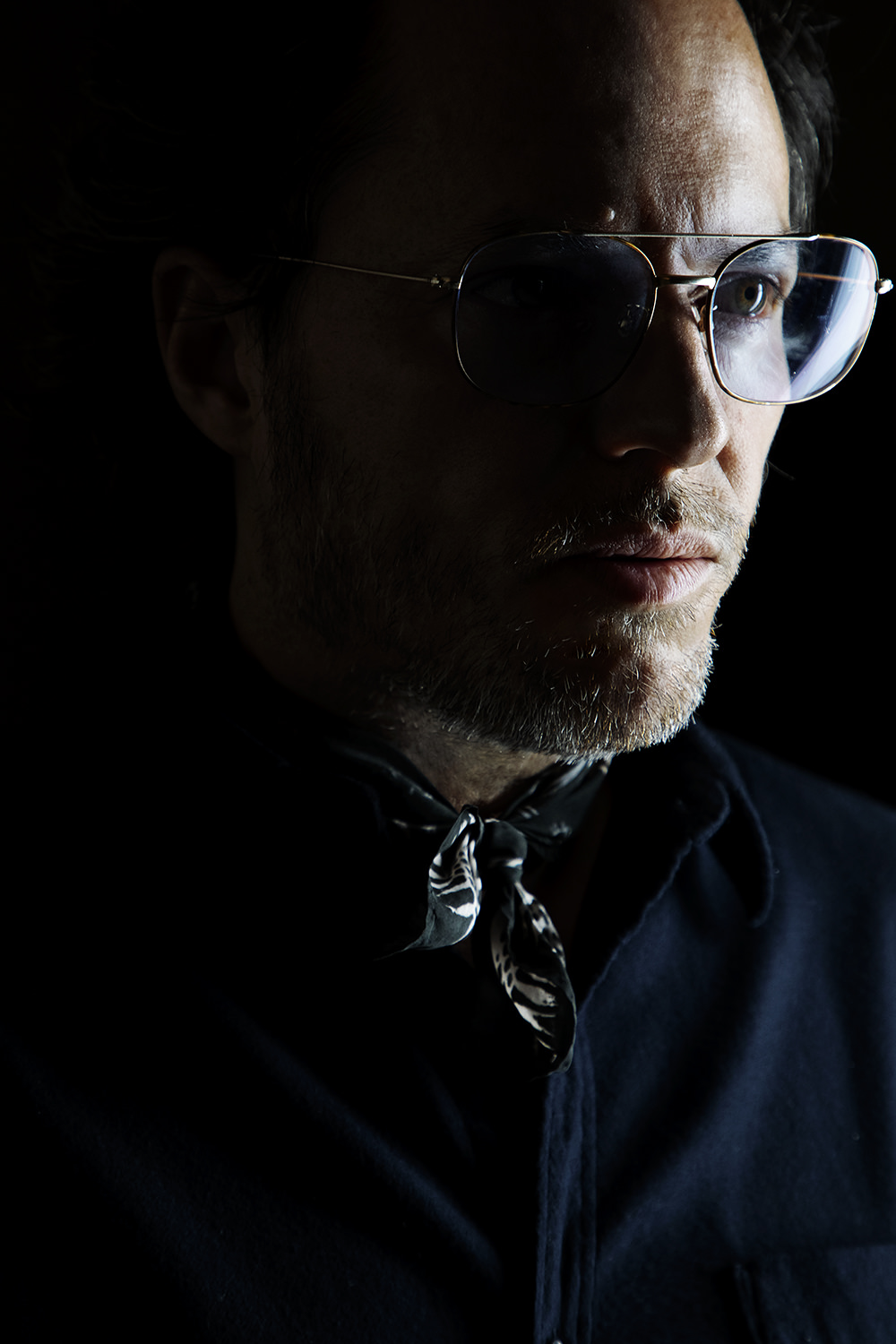
WW: What makes a good fashion show?
ADB: The more time passes, the more the answer should evolve. The world is completely different today. What generally made a good show for me is a show that creates an emotion, and that you remember for who it was. There are a lot of shows that may be remembered but not for who or what they were for.
Today, what makes a good show is a social-media-friendly fashion show, and, specifically, Instagram.
WW: How do you make something that people remember, without drowning out the collection itself?
ADB: We are there to enhance the collection, to give it a better understanding. We help the house and the designer present the collection to you. When you do that, you make sure you don’t drown the collection. Sometimes the ideas that come together about the scenography can be overwhelming and can take over the collection. But there are a lot of shows and collections, so it’s also important to think of the fashion show as part of the history-making of the brand.
And sometimes it’s important to break all your rules. If the obvious rule would be to never overshadow the collection, sometimes you break it. Sometimes you do a show that is completely crazy and the next season you won’t. You want to also break the rhythm. If you want to be creative and remain interesting and remain current, you need to reinvent yourself. And in order to reinvent yourself, you need to break the rules.
WW: How has your approach changed since the advent of Instagram?
ADB: The communication process through social media has revolutionized the way we do our work, but it’s really the beginning of a new era. In fact, I think the fashion world is still using the tools of the older era. There are people like us and the great designers I work with that are modernizing and trying to do shows differently, so we address a new audience differently. But we are still within an old system of the fashion weeks in the four main capitals six months prior to when the collection goes into stores, addressing specialized press. This is an old system which itself is completely inappropriate to the modern world and tools.
I have been advocating for a long time to help change it. There is no need for this six-month periodicity when you do digital. We’ve changed the way we do fashion shows but not the system. Those thousands of people don’t need to be live at the shows. The shows don’t need to be in those cities, because now technology allows you to see really well from afar. Social media and digital media allow you to be present immediately. The system, once it changes, will open new doors for creativity. For me, it means we propose to the designers to show at different times and different places to continue to remain surprising.
We all have to accept that we cannot be at everything. There’s something very annoying and disturbing for people like me, because we address an audience that is so tired and blasé at the amount of things they are required to see that they don’t appreciate it anymore.
I’d much rather that everyone doesn’t come to every show, every fashion week, every season, every city, because there is no need for that and it gives us the freedom to propose designers and houses to show whenever, wherever, whatever.
We started a few years ago with the cruise shows to travel. They are expensive and complicated and the privilege of very few, but with social media, they are an emotion we create that is perfectly transcribed through social media.
WW: And you also traveled to Provence for the Jacquemus Spring/Summer 2020 show, presented in a field of lavender.
ADB: The Jacquemus show we did outside of Fashion Week. We based it on a creative decision with Simon Jacquemus of being in this place dear to his heart, education, and culture. And we did this show with a very small amount of traditional audience. There were 500 people, but only 10 percent of that was traditional fashion important press. The rest were friends and opinion makers and people who enjoyed it. The show was so impressive and different and true and real from the designer and his culture to the world that it created the biggest buzz. It was appreciated and understood well by people who didn’t come, too.
In a way, I have to say, even though it’s sad for me, because what I do is live events and shows, that it was great that most people couldn’t come. It still was a big creative success. People were moved and understood the creation behind the show and understood the importance of that show for Jacquemus. I think that’s a real success.
I’m not trying to say don’t come anymore, but there could be a balance. If you go to all, you’ll be so bored. So we’d all rather everyone stay fresh. If we gain a new freedom of where we show and when and to whom, we could always surprise you and be more democratic, because the cost of those shows will be much less.
WW: When creating ephemeral shows, how do you approach sustainability?
ADB: We try to be as eco-conscious as we can. Obviously, flying hundreds of people all around the world is definitely not sustainable. What would be sustainable would be that things happen locally, for the few people that have the chance to be there. Like Jacquemus, it mostly happened locally, in full daylight, no lighting required. The carbon footprint on that show was very low.
WW: What senses are you trying to engage?
ADB: All of them, ideally. Obvious, ones are sight and sound, taste is super-important for me, and smell we like to use. And touch and the feeling we play with when we use special effects or let things happen, like the rain.
The rain is another topic at Bureau Betak. We’ve been advocating for rain for a long time [laughs] as well as real life in general. I will continue to advocate for it—I’m sorry for everyone who got wet—but we make sure you were warned, people gave you the choice to not go.
We are going through a very scary climate change moment where we should celebrate the rain. We should celebrate anything that helps our environmental problems. Fashion has a huge visibility and therefore a huge responsibility with the environment and with the sustainability.
We as fashion show makers have a big responsibility as well. We do very short events that are very ephemeral, that are very necessary for the brands but unnecessary for the world. So we have to make sure we can from now on demonstrate we are able to do them as sustainably as possible. And we need to use our visibility to promote those values and those ideas.
We have for a long time tried to be sustainable in the shows we do. In the beginning of next year, Bureau Betak will be the first agency in the world of luxury and fashion to be certified with international norm 2021 for eco responsibility within creation of events and fashion shows. We’ve been working for a really long time on that. There is no such thing as a 100 percent sustainable show—that would be a show you don’t do, to be frank. But we are doing as much as we can, and when we are ready we will share it.
WW: Your work has been described as installation art. Would you agree with that?
ADB: The short answer would be yes. And the long answer would be the definition of art itself is something that in the 21st century should be updated. I think what we do is done artistically and creatively and some of the artistry we put in is genuinely innovative and accepted as artistry, and therefore maybe it can be, yes, described as installation art. The difference is that when I work for a brand or designer, obviously that artistry is put to the service of the brand and the designer. When I work alone, when I do installations for things such as Gmurzynska Gallery, then people have no issues calling it installation art. To me, it’s the same. It’s not the same destination, but my creative process is the same.
WW: You’ve said that you start every project with freedom, and then, because it is a commercial project, naturally some boundaries are created. What would be your dream project, if you ultimately had total freedom?
ADB: I’m very lucky. I started with my dream project. Now, my personal dream project would be to use all those tools and means that I have had the chance to learn through my long life of doing shows. My dream would be to continue to help revolutionize the way I do those events, and to find more time for myself to do them for no reason at all. Just like every artist, there is always a moment in one’s life when it is quite agreeable to do something for no reason; you reach a point in your life when you don’t have to give a reason for what you want to do and just do it. That’s a great achievement, and hopefully I’m leaning toward that.






